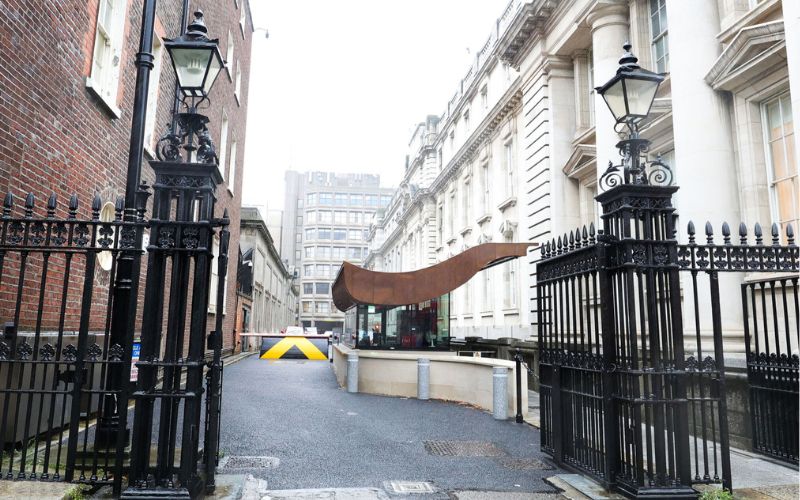"I LIVED in the U.S. for five years in the 1980s. I was not legal. I met a man who was Irish and also illegal. I became pregnant, but to make a long story short the relationship didn't work out, and I returned home to give birth.
He still lives in America and has since become a citizen. He has had little contact with our daughter over the years, but he has given her financial support. She is now 19.
Though she has no interest in going to America at the present, this may well change and I'm wondering if her father would be able to get a visa for her? Though we haven't remained close I'm sure he would do this if he could."
IT is possible that your child's father may be able to act as her sponsor for a green card if and when she wants to come here, though because she was born out of wedlock and has not had a particularly close relationship with her dad, the process will be complicated. Legal help will definitely be necessary to advise of the chances of success.
For children born out of wedlock to a U.S. citizen father, the process of legitimation must occur in order for immigration benefits to be available. Legitimation means what it sounds like - that is, the father must acknowledge legal responsibility for a child born out of wedlock.
The following requirements must be met in order for a legitimated child to avail of U.S. immigration benefits - first, legitimation must have taken place before the child turned 18, the child must have been in the custody of the father at the time of legitimation, and the child must be the natural child of the father.
How does one go about legitimating an out of wedlock child? Again, that's something that will have to be discussed with the guidance of an immigration attorney, but for starters, the father's name must appear on the child's birth certificate, and it's also beneficial if the father/child can establish some sort of relationship throughout the years, be it emotional and/or financial.
Replacement Update
THOSE holding so-called "old" green cards - ones issued prior to 1989 - will eventually have to replace them at some stage next year, according to a regulation put forth by the U.S. Citizenship and Immigration Service (USCIS) in August.
The agency is in the process of deciding how to best proceed with this plan, according to a release issued last week. There are an estimated 750,000 to 1.9 million green cards in need of replacement in circulation.
These pre-1989 green cards are different to those issued since in a significant way in that they do not contain 10-year expiration dates. All green cards must be physically updated every 10 years to comply with enhanced security measures, so the older ones, which are still valid for travel and ID, have some catching up to do.
"The final rule, once published, will explain the process to replace these green cards. The final rule will also set the time period during which USCIS will accept applications to replace these cards. To date, no time frame has been set," the agency stated last week.
"Customers who hold these permanent resident cards with no expiration date may replace their cards now, but there is currently no requirement to do so.
"USCIS believes that the replacement of these cards is vital to the security of the immigration process. New cards will provide the agency with an opportunity to update the photograph and biometrics on the card. It will also provide the cardholder with a card containing greater security features and remove from circulation different versions of the same card."




Comments